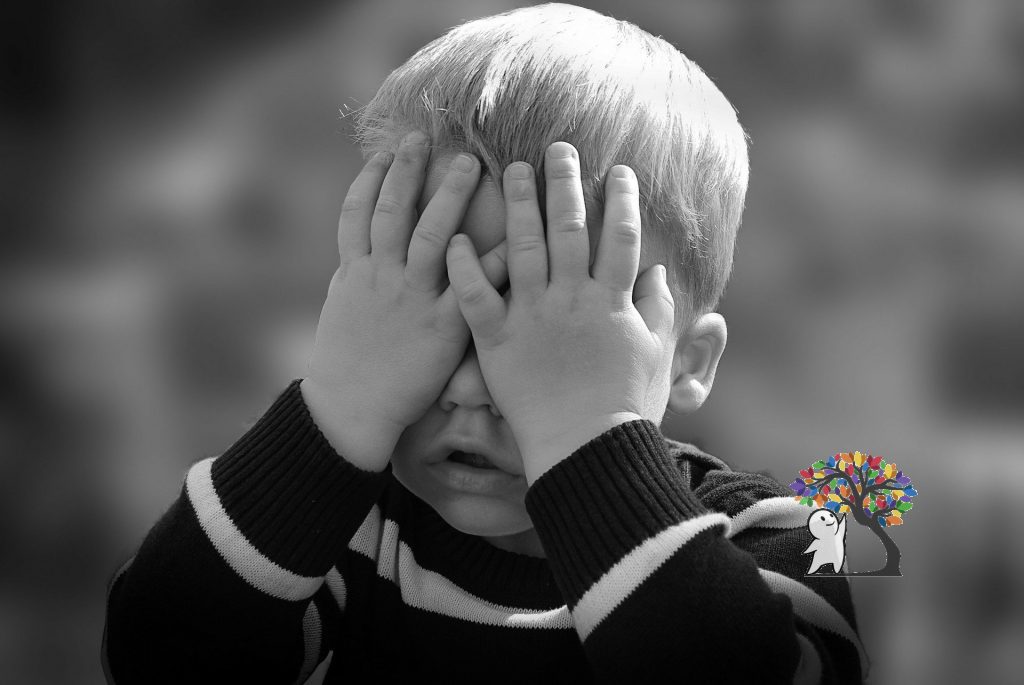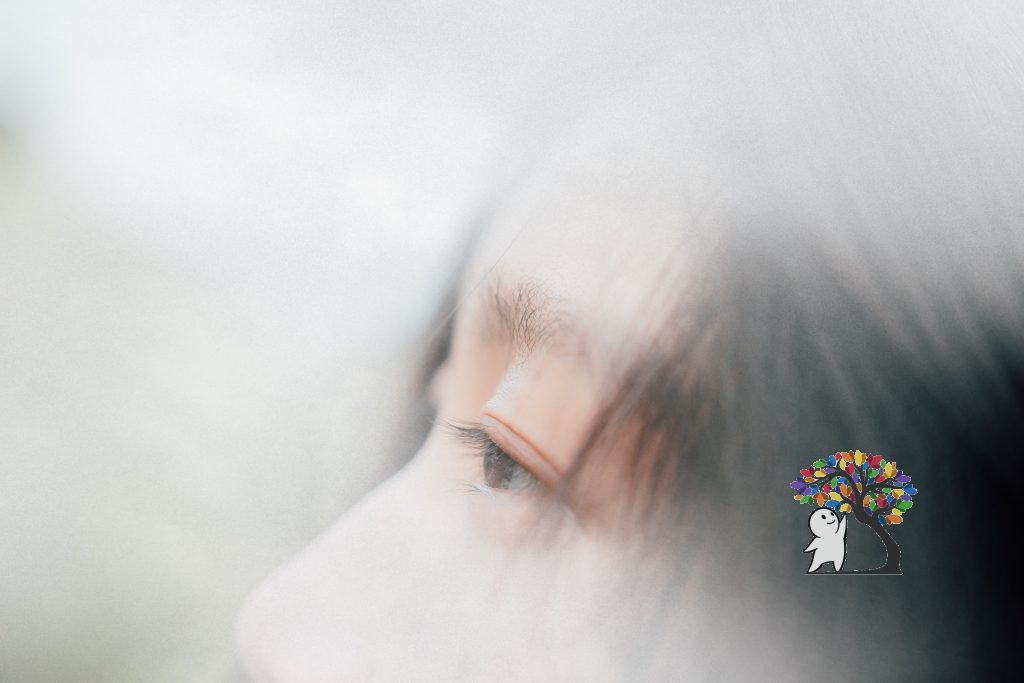Which Depressive Disorder Do You Have? Made Simple!

Depression is a misunderstood disorder. Many people believe that being depressed you must fall into the “typical depression category”. Meaning that the person must be all sad looking, and feel numb inside, but that is so far from the truth. Depression has sub disorders that help explain the different symptoms, the severity of it, and the scenarios in which it’s presented. I have created a list of depressive disorder with its symptoms to further your understanding.
 Disruptive Mood Dysregulation Disorder
Disruptive Mood Dysregulation Disorder
Continuous temper outbursts characterize this depressive disorder. It could be either verbal and/or physical aggression, including property damage. It’s important to note that the outbursts are out of proportion to the situation and it occurs at least 3 times a week or more. Between each outburst, the person is typically moody.
Symptoms:
- Sad, angry or moodiness at least 3 times per week
- Severe outbursts
- Symptoms happen for approximately a year
- Symptoms begin before the age of 10
 Major Depressive Disorder (MDD)
Major Depressive Disorder (MDD)
MDD is also known as Clinical Depression. Those with this disorder may have a depressive episode once in their life, while many others can have it several times. It’s normal to feel fatigued or sad at some points in our life, but those with MDD must have the following symptoms during a 2-week period and should be present nearly every day:
Symptoms:
- Feelings of hopelessness, sadness, or numbness
- Decreased motivation and a lack of interest if most activities
- Increased or decreased appetite leading to significant weight gain or weight loss without dieting
- Changes in sleep cycle
- Fatigue
- Poor concentration
- Forgetfulness
- Recurrent thoughts of death and suicide ideation
- Suicide attempts
- Self-harming behaviors
MDD can be mixed with anxiety, melancholic features, catatonia, peripartum onset, psychotic features, and seasonal patterns among others. The melancholic feature is the inability to feel pleasure, even in positive situations. Catatonic features occur when the individual remains motionless and speechless during an extended period. Peripartum onset is characterized by a major depressive episode during pregnancy or after giving birth. Psychotic features are delusions or hallucinations. The difference is that delusions occur when the person cannot tell the difference between their imagination and reality. While hallucinations are seeing, hearing, feeling, and smelling things that don’t exist. And finally, seasonal patterns are characterized by a depressive episode between fall and winter.
 Persistent Depressive Disorder (Dysthymia)
Persistent Depressive Disorder (Dysthymia)
Dysthymia is a chronic ongoing depressive disorder. The individual will feel emotionally low, but their symptoms are not as severe MDD. The following symptoms must happen nearly every day for approximately 2 years in adults. And in children and adolescents for at least a year.
Symptoms:
- Lack of appetite or overeating
- Sleeping too little or too much
- Low energy
- Poor self-esteem
- Feelings of hopelessness
- Bad concentration
- Forgetfulness
- Lack of motivation
Just like MDD this disorder can be mixed with anxiety, melancholic features, psychotic features, peripartum onset and more. Dysthymia also has different levels of severity, it is, mild, moderate, and severe.
 Premenstrual Dysphoric Disorder
Premenstrual Dysphoric Disorder
This depressive disorder can be disabling in approximately 3 to 8 % of women and it’s still unclear as to why it happens. The following symptoms must occur in the majority of menstrual cycles, and have at least 5 symptoms present:
Symptoms:
- Mood swings
- Increased sensitivity
- Feelings of hopelessness & feeling overwhelmed.
- Anxiety
- Fatigue and sluggish
- Lack of interest in activities
- Insomnia or hypersomnia (excessive sleeping)
This disorder also has physical symptoms such as: joint pain, bloating, weight gain, and breast tenderness and swelling. It is important to note that this disorder will affect school, relationships, and work.
 Substance/Medication-Induced Depressive Disorder
Substance/Medication-Induced Depressive Disorder
This disorder is present during the usage of one or more of the following substance/medication: alcohol, phencyclidine, hallucinogens, opioids, sedatives, amphetamines, and cocaine among others.
Symptoms:
- Irritability
- Depressed mood
- Bad temper
- Sense of hopelessness
- Diminished interest and pleasure
Additionally, these symptoms will be present during intoxication or in withdrawal. Sadly, most people will use drugs and alcohol to feel better and don’t notice these substances are making them feel more depressed.
 Depressive Disorder Due to Another Medical Condition
Depressive Disorder Due to Another Medical Condition
There are medical conditions that can cause depression such as arthritis, metabolic conditions, diabetes, strokes, HIV, viral infections, thyroid problems, and much more. There needs to be evidence from a physical examination, lab findings and medical history that indicates a medical condition.
Symptoms:
- Persistent depressed mood
- Lack of interest
- Irritability
- Elevated/expansive mood
This disorder can be specified by depressive features, major depressive episode, or mixed features. Mixed features occur when mania or hypomania are present. Mania is elevated mood and inflated self-esteem. While hypomania is the same, but less severe.
Other Specified Depressive Disorder
This category of depression indicates that there is significant distress and affected functionality in different scenarios, but the individual does not meet the full criteria of any of the depressive disorders. For example, the psychologist may use “depressive episode with insufficient symptoms” meaning the person presented at least 1 of the 8 symptoms associated with an episode.
Unspecified Depressive Disorder
Clinicians use this category of depression when they do not want to specify the reason why the individual does not meet the full criteria. This is usually used when there is not enough information to make a specific diagnosis. For example, in an emergency room setting.
I hope this helps you understand better what you or a loved one is going through. Depression is a complex disorder, and it’s impossible to make justice with that people are going through in this article. If you would like me to dig deeper into each depressive disorder let me know, and I can make a different article of each one.
If you’d like, you can also read: Depression – A True Story and Depression & Anxiety – A True Story





So rad!
Please elaborate more on each depressive disorder? I would love to know more about these disorders. I love this article.
I have diagnosed Manic Depression, sad to see that it’s not on here.
This is a good short article. You could still go a bit more in-depth with the explanation. I do think the title could have been changed a bit since it kind of encourages self-diagnosis. The grammar and structure aren’t bad at all either. I would only suggest checking your usage of commas, colons, and when to use “is” and “are”. It is a good article though so definitely keep writing!
Is it possible to have multiple? I can relate all the first three and have all the symptoms.